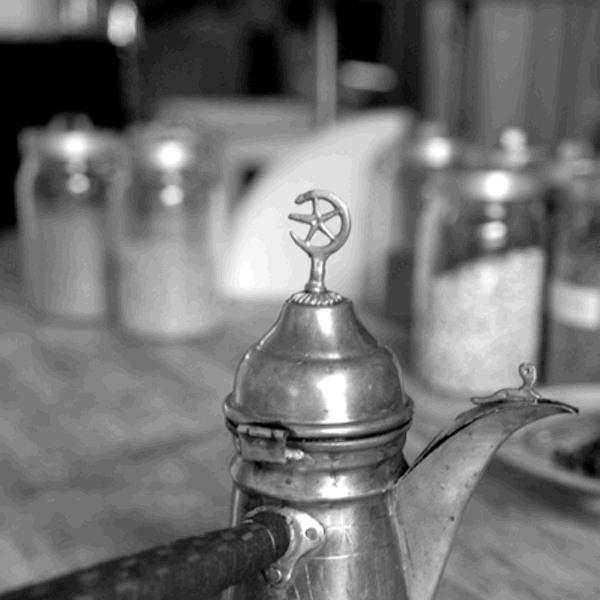At the time, I felt pretty safe. It wasn’t until stepping foot outside of Iraq that the effect of these experiences left me with no desire to return. However, a desire to lay certain demons to rest combined with an opportune door of entry has brought me back to Iraq.
I have chosen to avoid traveling to Baghdad. Admittedly, fear keeps me away. Iraqis do not have such choices. Under Saddam, fear was a common ingredient to everyday life. Today, among the displaced, this fear is amplified. Even when a safe spot is found, fear abounds—of the unknown, of being made to leave—especially if one is in another country illegally—fear of the future, of death following on one’s heels, of being able to find work or the next meal. The fear simply breeds more fear and as Iraqis talk among themselves and others, the lines between rumor and fact become blurred, merging at times into fantasy filled with conspiracy theory. It is hazardous of the journalist to simply accept all stories verbatim. But it would also be neglectful to completely dismiss these versions of reality, as they do offer a glimpse into the inner psyche of people whose lives are deeply afflicted by war. As one UNHCR representative told me, “Many of these people are suffering from schizophrenia and mental disability.” Just about all are simply doing their best to survive.
Stories from the displaced front
“It is a new idea that people in Iraq know the war was made by the US. The result is that there are five million people displaced within Iraq and five million people have left. The US has said it will accept 7,000 refugees. We don’t want an alternative homeland. We want human rights resettlement organizations to help us solve the reasons behind needing to leave Iraq. Without security the problems of Iraqis cannot be addressed. There are militias, ethnic identity killings, and there is internal interference by Iranians. Anyone who says the US should leave Iraq is insane. They need to stay at least three more years. We would say to the Americans, “leave tomorrow.” But the Iraqi police force consists of 32 militias. Iraqi prisoners pay $50,000 US dollars to stay in American prisons instead of being transferred to Iraqi prisons. In Iraqi prisons they cut off ears, torture and kill. In US prisons all are registered. A lot of people are willing to sell everything to stay in an American prison.”
—Haj Ali
Haj Ali at one time claimed he was the hooded man in the infamous Abu Graib photo. Everyone from PBS to Envirosagainstthewar.org helped to push his story. According to sources in Amman, Ali later recanted. In Amman, when I asked the towering giant of a man if he indeed was the one in the photo, standing on a box with electrical wires attached to his body, he said he has been advised by his attorney not to answer any questions in relation to the time he spent at Abu Graib. When I pressed him for a response, he said that he was “one of many” treated in this way.
After his release from Abu Graib, Ali formed an Iraqi NGO originally named the Association of American Occupation Prisons, with the word “Prisons” changed to “Victims” at a later date. His original focus had to do with the treatment of prisoners and conditions of prisons within Iraq. His NGO now addresses more general humanitarian issues affecting Iraqis. Even though he was tortured in Abu Graib, Ali said, “I don’t hate American people and I don’t want to be seen as a victim, but as a messenger for peace and love.” He wants the Americans to appoint a “salvation government. A government of experts not representatives of militias. We are ready to cooperate with the Americans. We are dissatisfied with the situation. It is time to go to the Iraqi people, not ethnic groups.”














